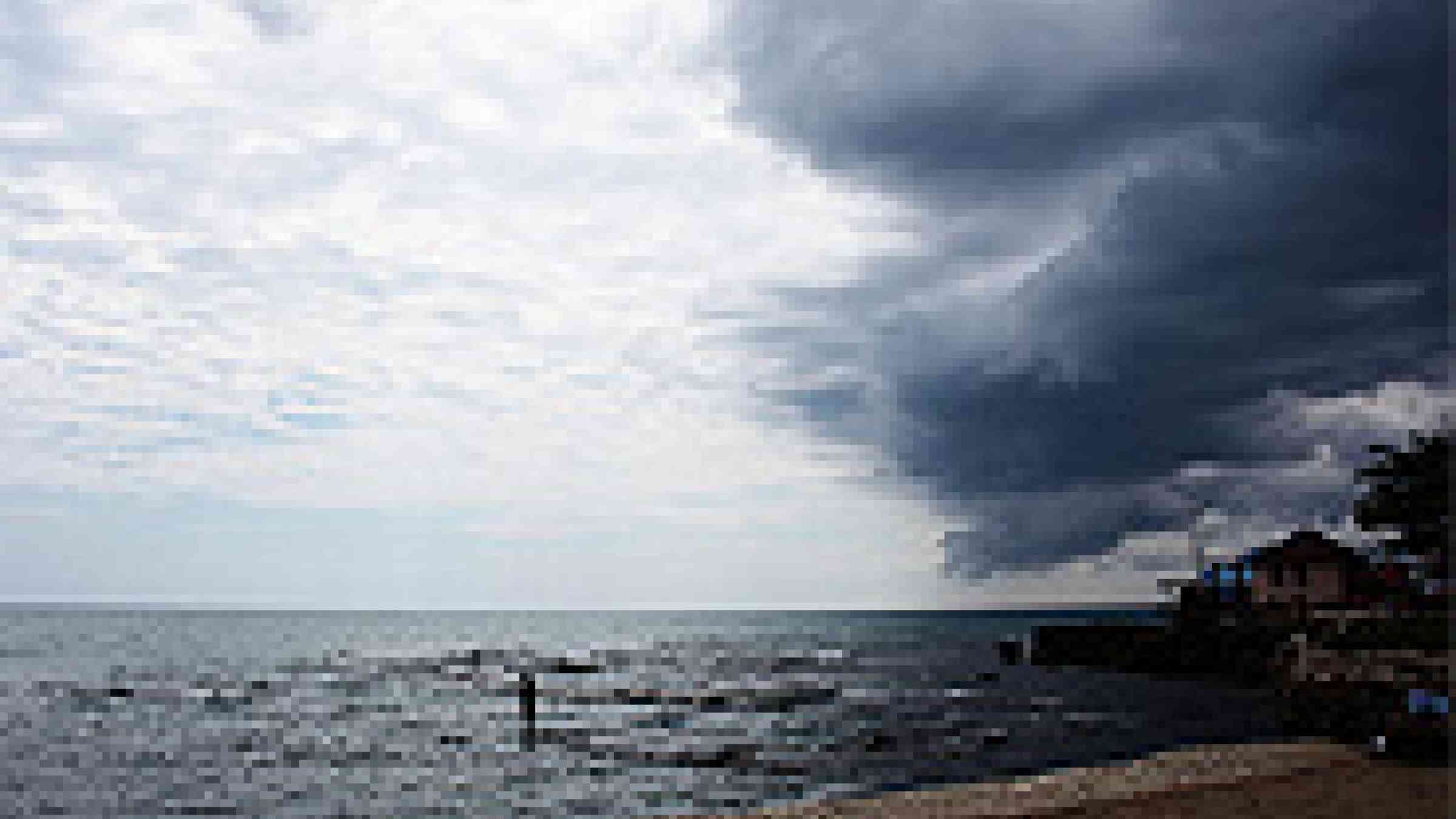Caribbean: CCRIF and UNECLAC to create partnership for disaster risk reduction

The Caribbean Catastrophe Risk Insurance Facility (CCRIF) and the United Nations Economic Commission for Latin America and the Caribbean (UNECLAC) will sign a Memorandum of Understanding (MOU) formalising a partnership to facilitate capacity building and to develop strategies for mitigating the physical and socio-economic impacts of 'natural' disasters, such as hurricanes and earthquakes, in the various countries of the region.
The signing will take place on Tuesday, 23 February 2010 at the ECLAC Subregional Headquarters for the Caribbean in Port-of-Spain, Trinidad with Mr. Neil Pierre, Director of UNECLAC and Mr. Milo Pearson, Chairman of CCRIF signing on behalf of the two organisations.
CCRIF is the world's first and only multi-national catastrophe risk fund utilising parametric insurance, giving Caribbean Governments the unique opportunity to purchase earthquake and hurricane catastrophe coverage with lowest-possible pricing. UNECLAC provides policy advice for disaster risk reduction within the region and conducts economic and social assessment studies on the impact of natural disasters on Caribbean countries.
The memorandum of understanding sets forth a framework for a collaborative alliance between CCRIF and UNECLAC to assist the governments of Caribbean States to adopt policies on disaster risk reduction and mitigation that minimise the socio-economic, physical and environmental damage caused by natural disasters. This is an important step where, in small counties and small economies like ours, a single-event catastrophe such as a hurricane or earthquake can have a devastating effect both on the physical infrastructure and the socio-economic fabric of the country. The small size of the economies of the region, combined with existing physical vulnerabilities often result in an amplification effect of the impact of natural hazards. For example, damages from Hurricane Ivan in 2004 were almost 200% of annual GDP in each of two Caribbean islands, Grenada and the Cayman Islands, and were significant in Jamaica.
This MOU will enable the countries of the region to benefit from:
- the development and enhancement of a knowledge base for key natural hazard risks;
- regional studies concerning the economics of climate change and the impact of natural disasters on particular sectors such as tourism;
- decision-making tools which might be developed by CCRIF and/or ECLAC to assist in mitigating the economic impacts of natural catastrophes; and
- climate change adaptation strategies to facilitate decision making across the region.
For more information, contact:
Afiya Francis, UNECLAC at afiya.francis@eclac.org or
Gina Sanguinetti, CCRIF at pr@ccrif.org